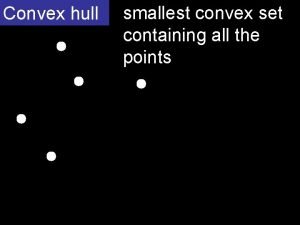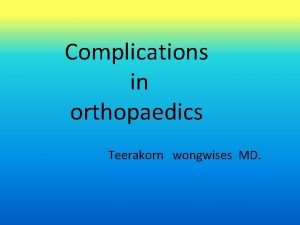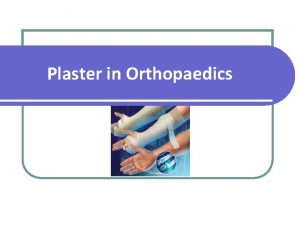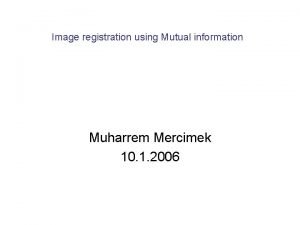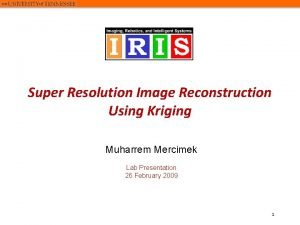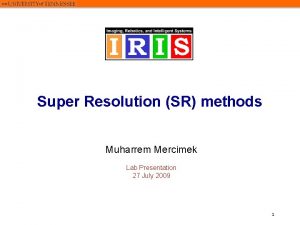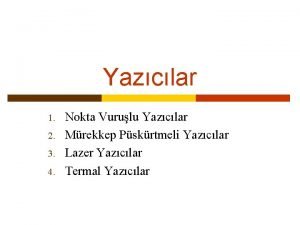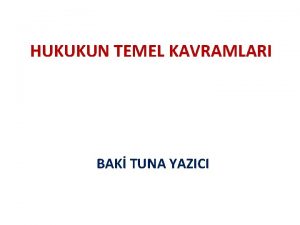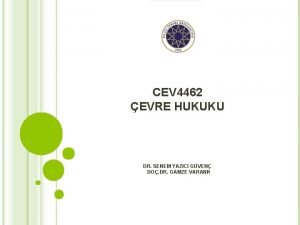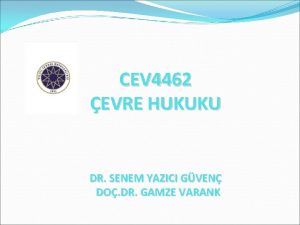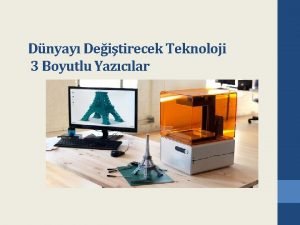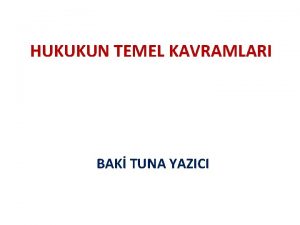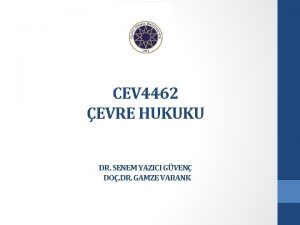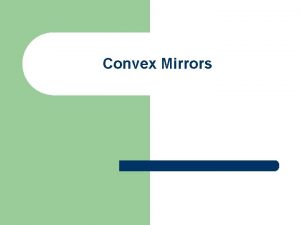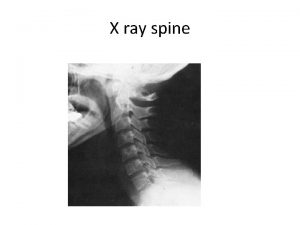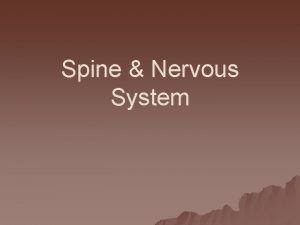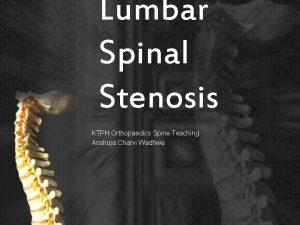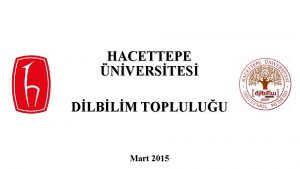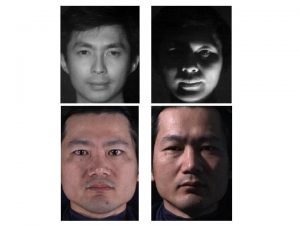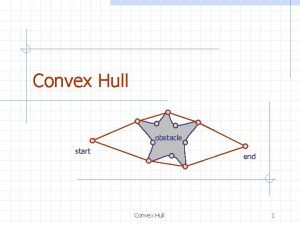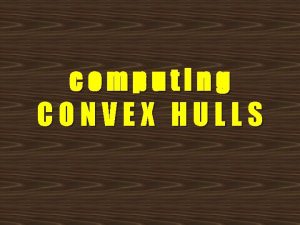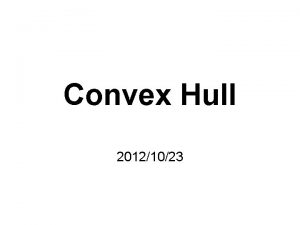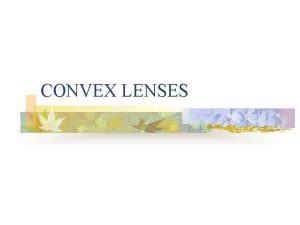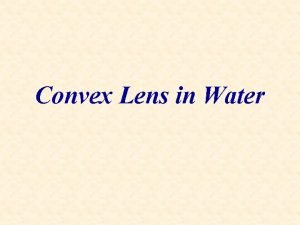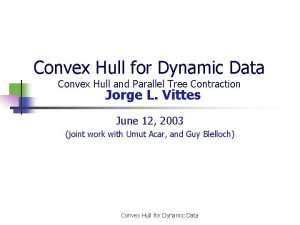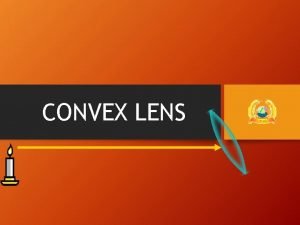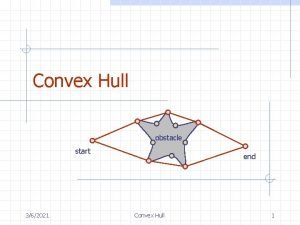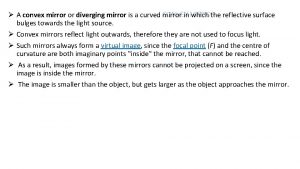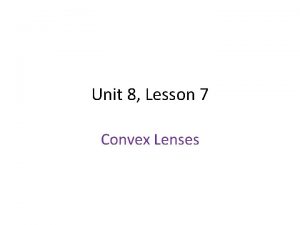Convex Growth Arrest Muharrem Yazici Hacettepe Orthopaedics Spine






















- Slides: 22

Convex Growth Arrest Muharrem Yazici Hacettepe Orthopaedics Spine Unit

Growth modulation • Physis – Longitudinal growth – Imbalances in the growth • Shortening • Angular deformity • Interfering physeal growth – Epiphysiodesis • Total or partial • Temporary or permanent

Congenital spinal deformities • Anomalous vertebrae • Longitudinal growth imbalance – Progressive deformity – Trunk imbalance

Congenital spine deformity • Asymmetrical growth potential • Control of growth of the convexity – Relatively longer • Halt progression and lead to spontaneous correction with subsequent growth • Safe, effective and simple

CGA/Background • Stapling – Smith A, JBJS Am 1954 • CGA – Roaf R, JBJS Br 1963

Indications • Progressive curve • Patients younger than 5 years old • Pure scoliotic deformity – Without major kyphosis or lordosis – ≤ 70° – 5 segments or less – No unsegmented bar – Intact posterior elements

Technique • Anterior-posterior surgery – Sequential or staged • Anterior – Convex half of the discs and endplates • Posterior – Tip of SP to TP, including facet joints • Limits for fusion – Formation defect • Cobb to Cobb – Segmentation defect • + One above and one below • Casting for 4 -6 months

Modifications • King, Spine 1992 and Keller, Spine 1994 – Transpedicular approach for anterior hemiepiphysiodesis • (+) • (-) One-stage surgery Incomplete epiphysiodesis • Cheung, Spine 2002 – With concave distraction • Immediate improvement in the coronal balance • No need to wait uncertain growth –mediated correction • Ginsburg, JPO 2007 – Short posterior instrumention • No immobilization postoperatively

Results • Epipyhsiodesis effect • Fusion effect • Progression 20 -77% 17 -70% 0 -12%

Hacettepe experience




Sagittal plane abnormality

Convex growth arrest • Behavior of the curve after CGA is UNPREDICTABLE • Why some patients responded well to tx and others not?

Hacettepe modification v 1

Hacettepe modification v 1

Hacettepe modification v 2

Vertebral column resection after CGA

Posterior osteotomy&instrumentation after CGA

Convex growth arrest • It can be performed for the balanced and cosmetically acceptable deformities of the young pts regardless – Type, length, magnitude and localization of the curve – Existence of associated rib fusion – Presence of sagittal plane abnormality

Convex growth arrest • More severe and imbalanced curves – Hemivertebrectomy or apical vertebral resection can be the treatment of choice • When major reconstructive surgeries are considered too risky – Age of the child • CGA can be considered a way to stabilize the deformity until the child grows – Further reconstruction is not precluded
 Convex hull is the smallest convex set
Convex hull is the smallest convex set Non convex polygon
Non convex polygon Icd-10 orthopaedics
Icd-10 orthopaedics Uva orthopaedics
Uva orthopaedics Slab vs cast
Slab vs cast Uva presentation template
Uva presentation template Muharrem varol
Muharrem varol Muharrem mercimek
Muharrem mercimek Muharrem mercimek
Muharrem mercimek Muharrem mercimek
Muharrem mercimek Muharrem mercimek
Muharrem mercimek Lazerlerin çalışma prensibi
Lazerlerin çalışma prensibi Tuna yazıcı
Tuna yazıcı Baki tuna yazıcı
Baki tuna yazıcı Hukukun kaynakları
Hukukun kaynakları Dr senem yazıcı
Dr senem yazıcı Coby harmon
Coby harmon Baki tuna yazıcı
Baki tuna yazıcı Dr senem yazıcı
Dr senem yazıcı Yazıcı
Yazıcı Baki tuna yazıcı
Baki tuna yazıcı Baki tuna yazıcı
Baki tuna yazıcı Senem yazıcı güvenç
Senem yazıcı güvenç
